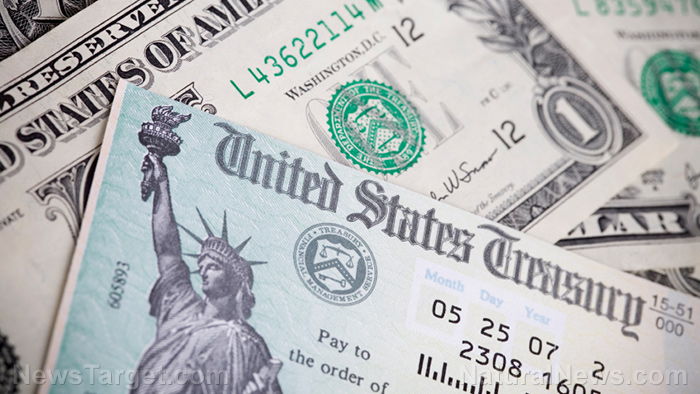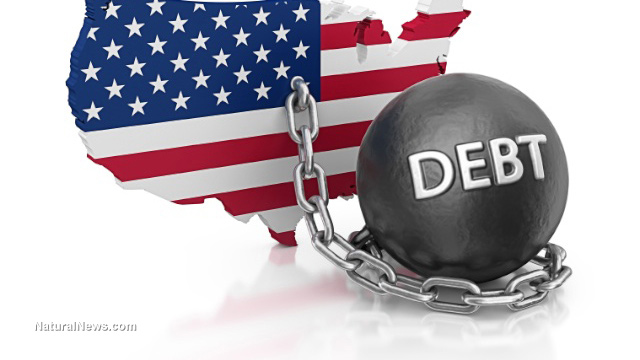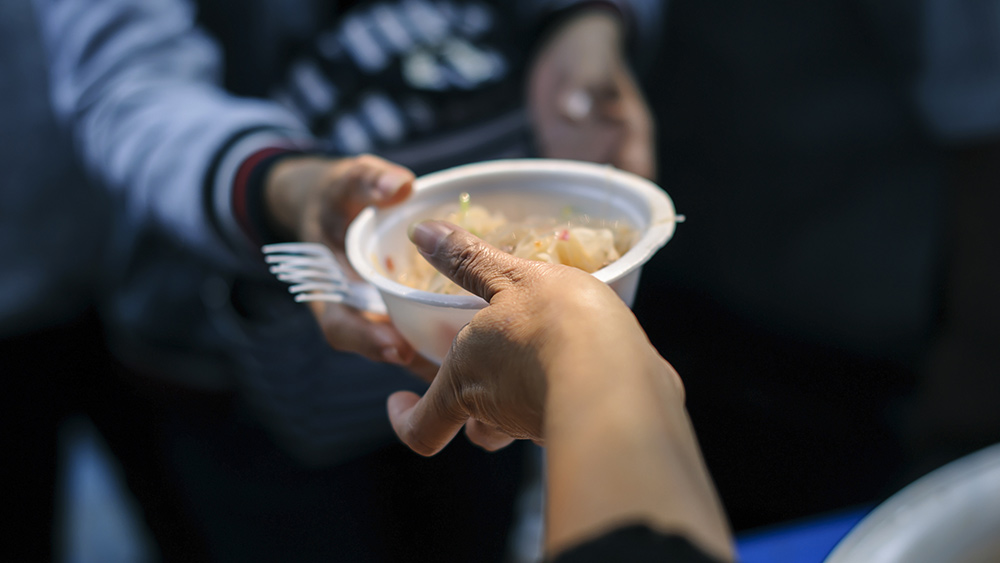Credit card DEBT has SOARED, thanks to BIDENFLATION
11/15/2023 / By Kevin Hughes

As rising inflation under President Joe Biden devastates Americans’ paychecks, people are now charging necessary purchases on their credit cards. This has resulted in skyrocketing credit card debt – and has even surged to the highest year-over-year (YOY) leap on record.
According to the Federal Reserve Bank of New York’s (New York Fed) Quarterly Report on Household Debt and Credit released Nov. 7, credit card balances hit a new high of $1.08 trillion during the third quarter. This grew from a mere $48 billion from the previous quarter, and jumped by a record $154 billion compared to the number from a year ago.
This huge YOY leap is the biggest since the New York Fed began tracking household debt and credit data in 1999. Its report also found that household debt grew by 1.3 percent to $17.29 trillion in the third quarter. (Related: Americans’ credit card debt reaches a record-setting $1 trillion in the face of inflation and rising expenses.)
“Credit card balances experienced a large jump in the third quarter, consistent with strong consumer spending and real GDP [gross domestic production] growth,” said New York Fed economic research advisor Donghoon Lee. With this enormous surge in credit card debt comes a greater degree of delinquency as Americans strive to pay their bills. Defaults of 90 days or more were at their maximum rates in 2011.
Credit card delinquency rates increased at all levels, especially among millennials
Moreover, the New York Fed report noted that credit card delinquency rates have increased at all levels. This rate was higher among millennials – borrowers between the ages of 30 and 39 – who are already reeling from high interest rates of student loan debt.
With most people feeling stressed by bigger prices – specifically for food, gas and housing – more cardholders are taking debt from month to month or lagging on payments, and a higher percentage of balances are going more than 180 days delinquent, based on a separate report from the Consumer Financial Protection Bureau.
The consumer watchdog said almost one-tenth of credit card users discover themselves in “persistent debt,” where they are charged more in interest and fees every year than they pay toward the principal – a pattern that is increasingly hard to break.
“It’s a big deal, remarked Bankrate senior industry analyst Ted Rossman. “Your credit card is probably your highest cost debt by a wide margin.”
But LendingTree Chief Credit Analyst Matt Schulz said consumers often turn to credit cards despite the steep cost, partly because they are more accessible than other kinds of loans. He warned, however, that this comes at the cost of other long-term financial goals.
“That’s money that doesn’t go to a college fund, down payment on a home purchase or Roth IRA,” Schulz added.
Until recently, most Americans benefited from a few government-supplied safety nets, This injection of a considerable amount of stimulus money left several households sitting on a supply of cash that enabled some cardholders to maintain their credit card balances in check. But now, that cash reserve is mostly gone after consumers slowly spent down their surplus savings from the Wuhan coronavirus (COVID-19) pandemic years.
“Consumers are maintaining and supporting their lifestyles using credit card debt,” remarked Debt.com founder and certified public accountant Howard Dvorkin.
Even so, consumer credit scores have stayed high, supported by a strong labor market and cooling inflation, in addition to the removal of definite medical collections data from consumer credit files based on current reports.
Schulz advised credit card holders who are carrying a balance to try calling their card issuer to ask for a lower rate, combine and repay high-interest credit cards with a lower-interest home equity loan or personal loan, or switch to an interest-free balance transfer credit card.
Mike Townsend, senior public relations director for the American Bankers Association, also gave some bits of advice for cardholders. He urged them to maximize the benefits of their credit card, compare credit card offers frequently, pay off as much of their balance as they can as soon as they can and refrain from paying their bill late.
Follow DebtBomb.news for more news about Americans’ credit card debt.
Watch the video below about the soaring credit card defaults and interest rates that hit their highest mark in U.S. history.
This video is from the Thisisjohnwilliams channel on Brighteon.com.
More related stories:
Americans falling behind on credit card and loan payments as inflation persists.
As the economy implodes, credit card balances are increasing at the fastest pace in U.S. history.
Sources include:
Submit a correction >>
Tagged Under:
Bidenflation, big government, borrowers, Bubble, consumer debt, credit card balance, credit card debt, credit cards, debt bomb, debt collapse, delinquency rate, economic riot, finance riot, Joe Biden, late payments, loans, money supply, New York Fed, pandemic benefits, pensions, risk, stimulus checks
This article may contain statements that reflect the opinion of the author
RECENT NEWS & ARTICLES
COPYRIGHT © 2018 PANIC.NEWS
All content posted on this site is protected under Free Speech. Panic.news is not responsible for content written by contributing authors. The information on this site is provided for educational and entertainment purposes only. It is not intended as a substitute for professional advice of any kind. Panic.news assumes no responsibility for the use or misuse of this material. All trademarks, registered trademarks and service marks mentioned on this site are the property of their respective owners.





















